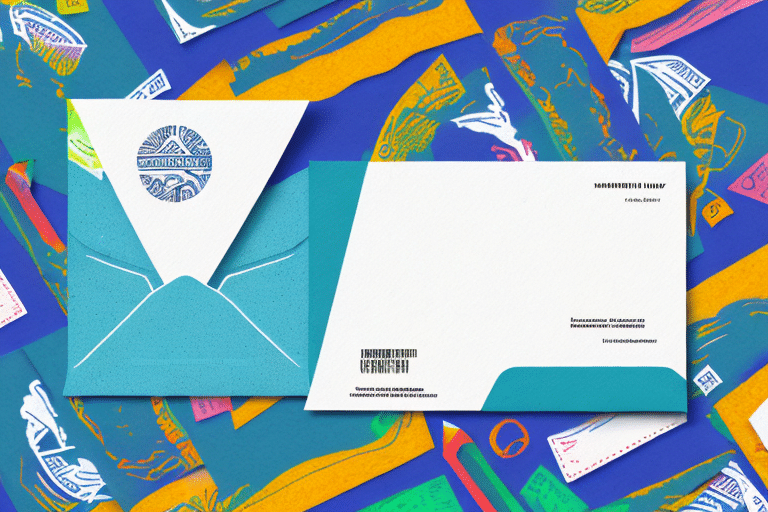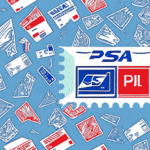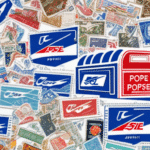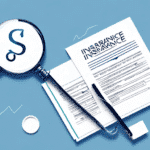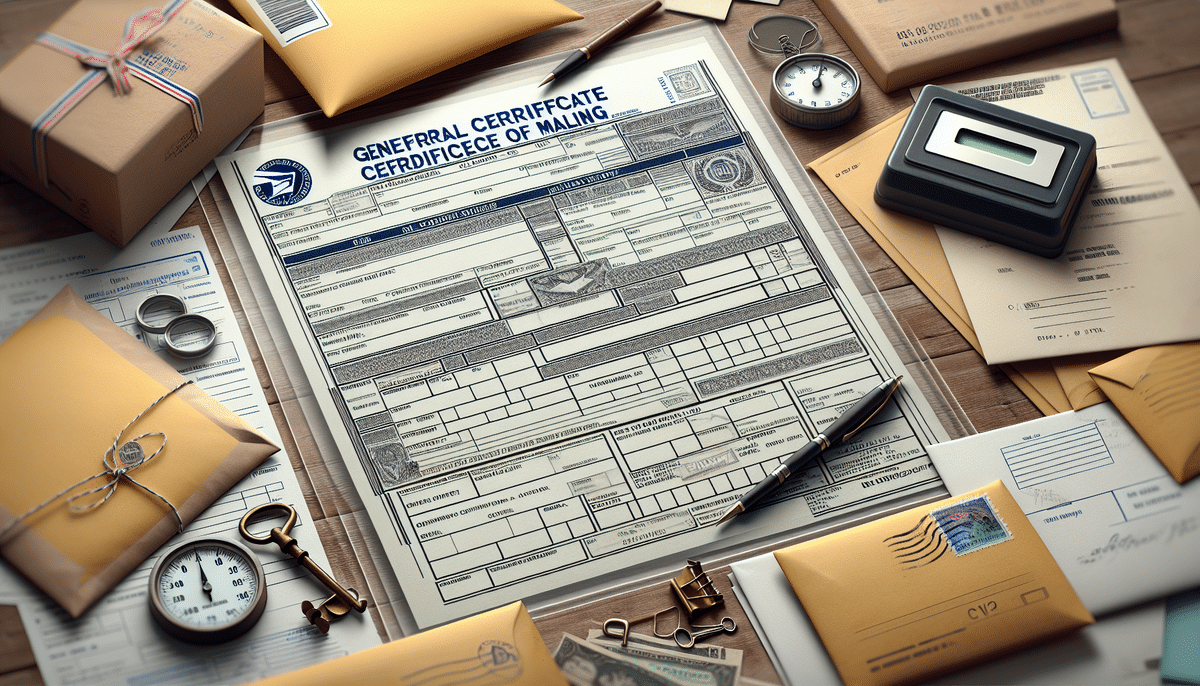How to Get Insurance on First Class Mail
Sending important documents or valuable items through the mail requires careful consideration to ensure their safe delivery. First Class Mail, offered by the United States Postal Service (USPS), is a popular and affordable shipping option. However, to protect your items against loss or damage, securing insurance is essential. This guide provides a comprehensive overview of insuring your First Class Mail shipments, including the importance of insurance, understanding USPS insurance policies, the benefits of insuring your mail, what insurance covers, costs involved, and best practices for a secure mailing experience.
Why You Need Insurance for First Class Mail
While First Class Mail is a reliable and cost-effective shipping method, unforeseen events can occur during transit. Accidents such as misrouting, handling errors, or environmental factors can result in lost or damaged items. Without insurance, you bear the financial risk of these incidents. By investing in insurance, you gain peace of mind knowing that you can recover your losses if something goes wrong.
Additionally, insurance provides coverage against theft, a concern in the shipping industry. According to the USPS Office of Inspector General, mail theft remains a persistent issue. With insurance, you can file a claim and receive compensation for stolen items, safeguarding your valuable shipments.
Moreover, insurance can cover the costs associated with reshipping items if they are returned due to incorrect addresses or other delivery issues. This not only saves you time and money but also minimizes the inconvenience of correcting delivery details.
Understanding USPS Insurance Policies for First Class Mail
The USPS offers insurance for First Class Mail as an optional service, allowing customers to declare the value of their shipments. The coverage limit for First Class Mail insurance extends up to $5,000, providing substantial protection for valuable items. Insurance costs typically range from $2.30 to $3.25 for shipments valued up to $100, with incremental increases as the declared value rises.
It's important to note that insurance is not automatically included with First Class Mail services; it must be purchased separately. Additionally, certain First Class Mail services may not be eligible for insurance, requiring you to consider alternative shipping options if higher coverage is needed.
USPS insurance policies do have limitations. For instance, damage resulting from improper packaging may not be covered. Similarly, if an incorrect address leads to the loss of the item, the insurance may not compensate for the lost value. Therefore, adhering to USPS packaging guidelines is crucial to ensure eligibility for insurance coverage.
To file a claim for a lost or damaged item, customers must do so within 60 days of mailing. The claim process requires proof of the item's value and evidence of insurance purchase. Upon approval, reimbursement is provided up to the insured amount specified in the policy.
The Benefits of Insuring Your First Class Mail
Insuring your First Class Mail offers several significant benefits:
- Financial Protection: Insurance safeguards against financial loss due to theft, loss, or damage during transit.
- Peace of Mind: Knowing that your shipment is insured allows you to send valuable items with confidence.
- Expedited Claims Process: In the event of a loss or damage, claims can be filed online or at a local post office, with resolutions typically provided within days.
- Enhanced Coverage: Insurance can cover items not typically protected by standard USPS policies, such as electronics or jewelry.
These benefits collectively ensure that your valuable shipments are protected and that you have recourse in the event of any issues during delivery.
What Does First Class Mail Insurance Cover?
First Class Mail insurance provides coverage for loss, damage, or theft of the insured item during transit. This includes a wide range of items such as documents, merchandise, and personal belongings. However, certain restrictions apply:
- Prohibited Items: Items like live animals, hazardous materials, and other prohibited goods as defined by USPS regulations are not covered.
- Packing Standards: Proper packaging is essential. Damage resulting from inadequate packing may not be covered.
- Maximum Coverage: The insurance covers up to $5,000 per shipment. For items valued above this amount, consider alternative shipping methods or additional insurance.
- Excluded Damages: Consequential damages, such as lost profits or income resulting from the loss or damage of the item, are not covered.
Customers must purchase insurance at the time of mailing by completing a PS Form 3813 or PS Form 3813-P. Insurance can also be purchased online through the USPS website or via third-party shipping services.
How Much Does First Class Mail Insurance Cost?
The cost of insuring First Class Mail depends on the declared value of the shipment. For items valued up to $100, insurance typically ranges from $2.30 to $3.25. Costs increase proportionally with the value of the items being shipped, ensuring that higher-value shipments receive appropriate coverage.
It's essential to remember that First Class Mail insurance only covers loss or damage that occurs during transit. It does not protect against damages resulting from improper packaging or handling after the package has been delivered. Therefore, investing in quality packaging materials and adhering to USPS guidelines is crucial to maximize insurance benefits.
Step-by-Step Guide to Insuring Your First Class Mail
Insuring your First Class Mail is a straightforward process. Follow these steps to ensure your shipment is protected:
- Prepare Your Package: Ensure your items are properly packed according to USPS standards to prevent damage during transit.
- Visit the USPS: Go to your local post office or use the USPS website to initiate the shipping process.
- Select Insurance: Indicate your desire to purchase insurance and declare the value of your package. The insurance cost will be calculated based on the declared value.
- Complete the Forms: Fill out the necessary forms, such as PS Form 3813 or PS Form 3813-P, if mailing in person.
- Pay for Shipping and Insurance: The total cost will include both shipping and insurance fees.
- Obtain a Receipt: Retain your receipt, which includes the tracking number and insurance details, for future reference.
If your package's value exceeds $5,000, consider using USPS Registered Mail, which offers enhanced security and coverage up to $50,000. For high-value items, third-party insurance providers may also offer additional protection.
Common Mistakes to Avoid When Insuring Your First Class Mail
Avoiding common mistakes can ensure that your insured shipments are fully protected:
- Incorrect Valuation: Always declare the accurate value of your shipment to prevent under-insuring or over-insuring, which can lead to insufficient coverage or unnecessary costs.
- Poor Packaging: Failing to package items securely may result in denied claims. Use appropriate materials and follow USPS packaging guidelines meticulously.
- Lack of Tracking: Not tracking your shipment can make it difficult to monitor its progress and address issues promptly if delays or losses occur.
- Missing Documentation: Keep all relevant documents, including receipts and tracking numbers, to facilitate the claims process if needed.
By steering clear of these pitfalls, you enhance the likelihood that your insured shipments remain protected throughout their journey.
Tips for Filing a Claim for First Class Mail Insurance
In the unfortunate event that your insured First Class Mail is lost or damaged, filing a timely and accurate claim is essential for reimbursement:
- Gather Documentation: Collect all necessary documents, including the shipping label, insurance receipt, and proof of the item's value (e.g., receipts or invoices).
- File Promptly: Claims must be filed within 60 days of the mailing date. Delays can result in denied claims.
- Provide Accurate Information: Ensure all details in your claim are correct to avoid processing delays.
- Use USPS Resources: Claims can be filed online through the USPS Claims page or by visiting your local post office.
- Follow Up: Monitor the status of your claim and respond promptly to any additional information requests from USPS.
Accurate and timely claims submissions increase the likelihood of a successful reimbursement process.
Best Practices for Shipping Valuable Items via First Class Mail
To ensure the safe and secure delivery of valuable items via First Class Mail, consider the following best practices:
- Use Durable Packaging: Select strong, sturdy packaging materials that provide adequate protection against impact and environmental factors.
- Clearly Label Your Package: Ensure that addresses are accurate and clearly written to prevent misdelivery. Use printed labels when possible for clarity.
- Declare Accurate Value: Always declare the true value of the item to ensure appropriate insurance coverage.
- Include Tracking: Utilize USPS tracking services to monitor your shipment's progress and address any issues promptly.
- Consider Additional Security: For extremely valuable items, using services like Registered Mail can provide enhanced security features.
Implementing these practices minimizes the risk of loss or damage and ensures that your valuable items reach their destination safely.
How to Track Your Insured First Class Mail Shipment
Tracking your insured First Class Mail shipment allows you to monitor its progress and address any issues in real-time. Here's how to effectively track your package:
- Obtain a Tracking Number: Upon shipping your package, receive a tracking number either on your receipt or via your USPS account.
- Use the USPS Tracking Tool: Visit the USPS Tracking page and enter your tracking number to view the current status of your shipment.
- Set Up Notifications: Opt-in for email or text notifications to receive automatic updates on your package's status.
- Monitor Progress: Regularly check the tracking information, especially for high-value shipments, to ensure timely delivery.
Effective tracking helps you stay informed about your shipment's journey and quickly address any potential delays or issues.
Comparing Insurance Options for Different Shipping Methods
While First Class Mail offers affordable insurance options, other USPS services and third-party carriers provide varying levels of protection:
| Shipping Method | Insurance Coverage | Cost | Notable Features |
|---|---|---|---|
| First Class Mail | Up to $5,000 | $2.30 - $3.25 (for up to $100) | Affordable, suitable for lightweight items |
| Priority Mail | Up to $50,000 | Included up to $100; additional coverage available | Faster delivery, includes tracking and delivery confirmation |
| Priority Mail Express | Up to $100,000 | Included up to $100; additional coverage available | Guaranteed overnight delivery, includes insurance |
| Registered Mail | Up to $50,000 | Varies based on item value | Enhanced security, tracking, and signature confirmation |
| Third-Party Carriers (e.g., UPS, FedEx) | Varies by service | Varies by carrier and service level | Additional services like door-to-door delivery and specialized handling |
Choosing the right shipping method depends on the value of the item, required delivery speed, and the level of insurance needed. Assessing these factors helps in selecting the most appropriate option to ensure your shipments are adequately protected.
Conclusion
Insuring your First Class Mail shipments is a critical step in safeguarding valuable items against loss, damage, or theft during transit. Understanding USPS insurance policies, the benefits of insurance, coverage details, and associated costs empowers you to make informed decisions about protecting your mail. By following best practices for packaging, accurate valuation, and proactive tracking, you can enhance the security of your shipments and enjoy peace of mind knowing that your valuable items are protected. Whether you're sending important documents or valuable merchandise, investing in insurance ensures that your First Class Mail deliveries reach their destination safely and securely.















